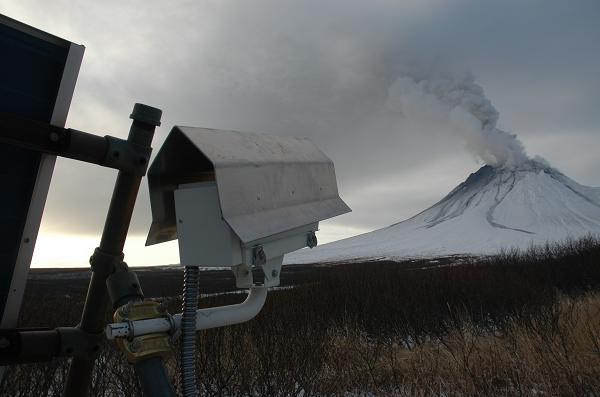
Have you ever given a thought what the remote surveillance scenario would be like if it is all running with renewable energy? It is indeed everyone’s dream. Many things seriously need the self-powering facility. One of those are camera both the CC and webcam versions. Installing the cameras deep inside forests or in perimeter of big ranches is a tedious task. They need to be powered with dry cell that need to be frequently replaced or they are to be connected via long wiring connections. Therefore, the idea of self-powered camera is seriously taken under consideration. The best way is to connect with solar panels to give continuous electric supply and harnessing uninterrupted wireless data support. Therefore, if you are in need of connecting your webcams wirelessly with its own solar power then you can consider the following steps:
Difficulty level: Moderate
Time Required: At least 5 to 6 hours
Resources required
1. Webcam
2. Wires
3. 12V rechargeable battery
4. Hammer
5. Drill
6. Screw and Screw driver
7. Solar Panel
8. Central hub/ Computer
Estimate cost: $100 to $500
Instructions
1. The camera selection is the foremost things. You can choose any wireless camera that you may find. There are numerous choices available in the market that can be powered with 12-volt battery. However, keep the choices with minimal requirement only.
2. Battery selection is another important criterion. You need to buy a long storage battery to make the operation continued in long wintery nights with reduced daylight. If your camera consumes 60 watts per day then you need to have at least 6 Amp-hours of backup from your 12 V battery. It is better to have higher storage in case of prolonged rain or blizzards in winters.
3. Once you have finalized the battery and webcam, you may proceed with selecting a solar panel to power it. The power captured by solar panel will be used to recharge the battery. Buy the solar panel according to your light conditions. In open space with lot of sunlight hours, you can buy a solar panel of 5-10 W or you have to purchase a solar panel with high power capturing facilities.
4. Once you have camera, power supply and solar panel ready for use, then you can start with assembly of battery with solar panel control box. Followed by that, you need to connect the battery to webcam. You can use the drill, hammer and screws to fix the whole assembly. If you are assembling it in rainforest, it is better to have solar panel mounted above the canopy of the forest. In ranches, a place above camera or anywhere inside your property is good enough as long as it is getting enough sunlight.
5. Once the assembly is ready, you can mount the camera on either a tree or a pole with help of metal L brackets.
6. Once camera is mounted, you need to mount the control box and battery in such a way that it do not get wet.
7. Complete the installation and connect the webcam wirelessly with your computer or central monitoring facility.
8. Once, everything is ready, let the battery charge for day before the whole assembly starts working with your battery with limited charging.
Frequently asked question
1. Is the camera-assembly works in rain or in night?
Ans: Yes, as long as the battery is charged
2. Why use the webcams, why not the CCTV cameras?
Ans: CCTV needs the data cable to transmit data while the webcam can transmit data wirelessly.
Quick Tips
1. Buy cameras with no tilt or major features as they are not required while installed outside as CCTV cameras.
2. Cover the whole assembly in plastic wraps with vents for heat and image transfer to prevent it from water damage in rain.
3. Put the solar panel above the canopy of a tree, if the cameras are installed inside forests.
4. If you are installing the cameras in ranches and forest, buy webcams with powerful wireless transmission.
Things to watch out for
1. Buy the solar panels according to your sunlight availability.
2. Keep the assembly out of reach of animal or birds to prevent any attrition.




